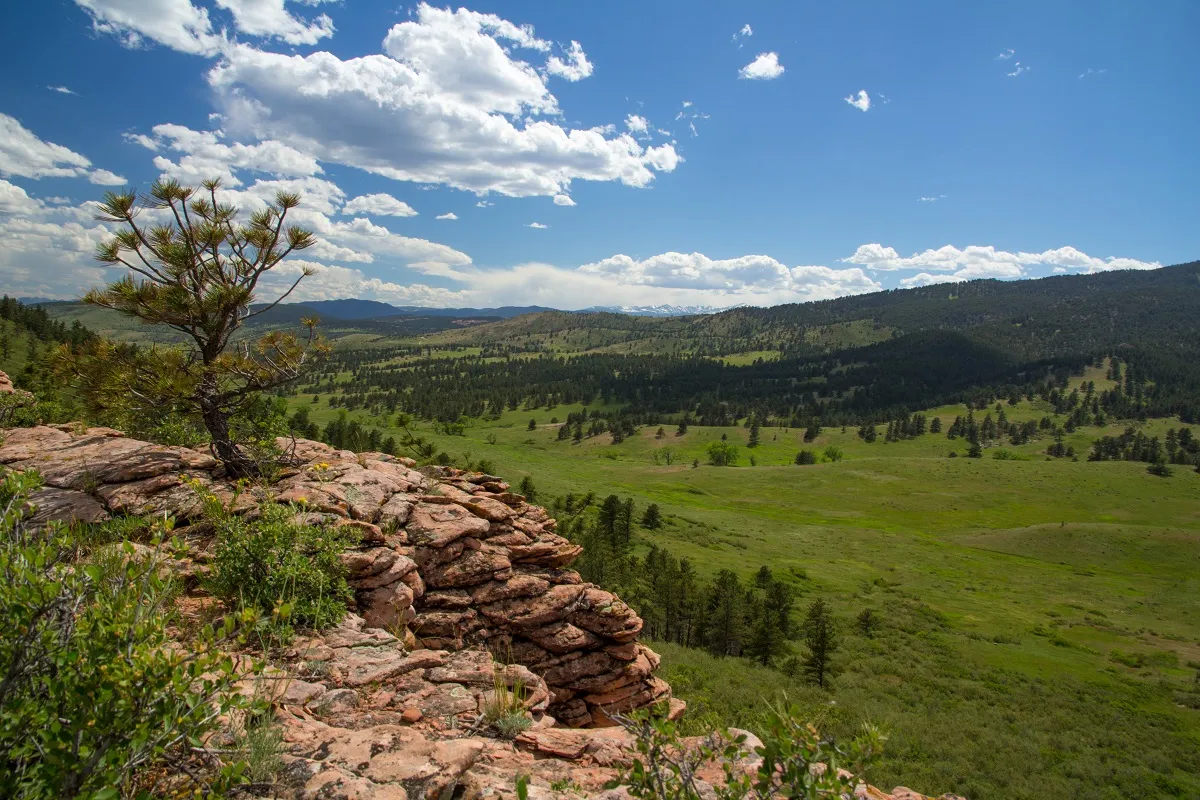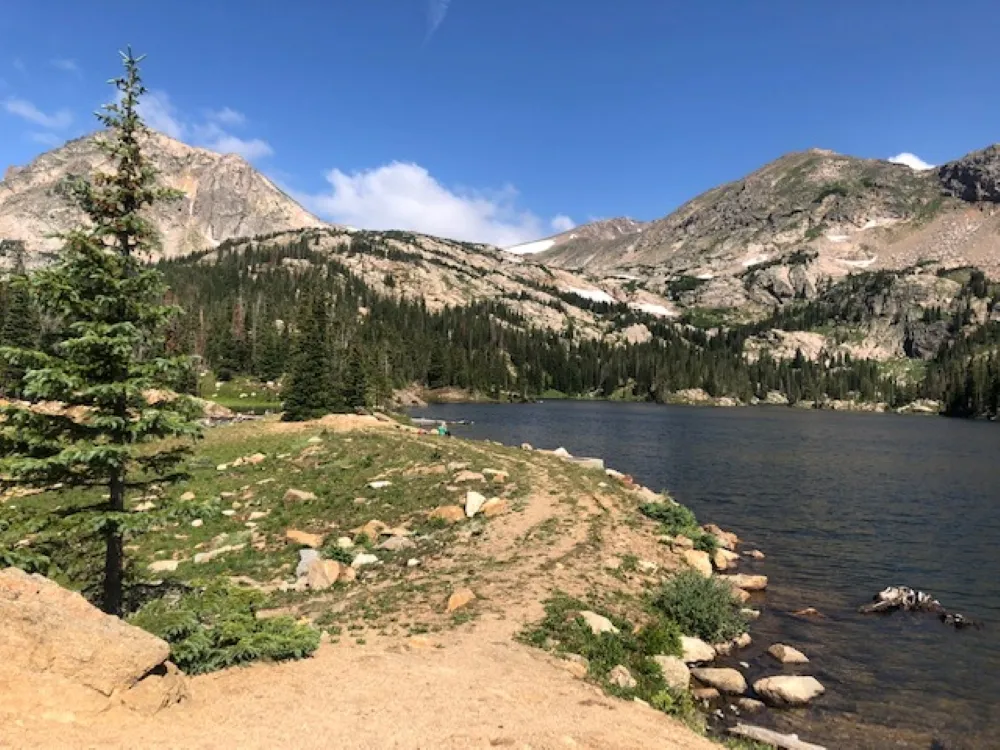Draft plans for Colorado River water supplies open for public comment

The U.S. Department of Interior will decide this summer — barring an agreement by affected states — how to curtail use of the Colorado River to stave off disaster for downstream water users, electricity customers and the U.S. food supply.
The Bureau of Reclamation released a draft supplemental environmental statement that included three options: Do nothing, curtail use based upon historic water rights or curtail use by an even percentage applied over the lower basin states.
Doing nothing would likely mean that the major reservoirs on the river, Lake Mead and Lake Powell, would deadpool, which would cut off electrical power…
THIS ARTICLE IS FOR SUBSCRIBERS ONLY
Continue reading for less than $3 per week!
Get a month of award-winning local business news, trends and insights
Access award-winning content today!





